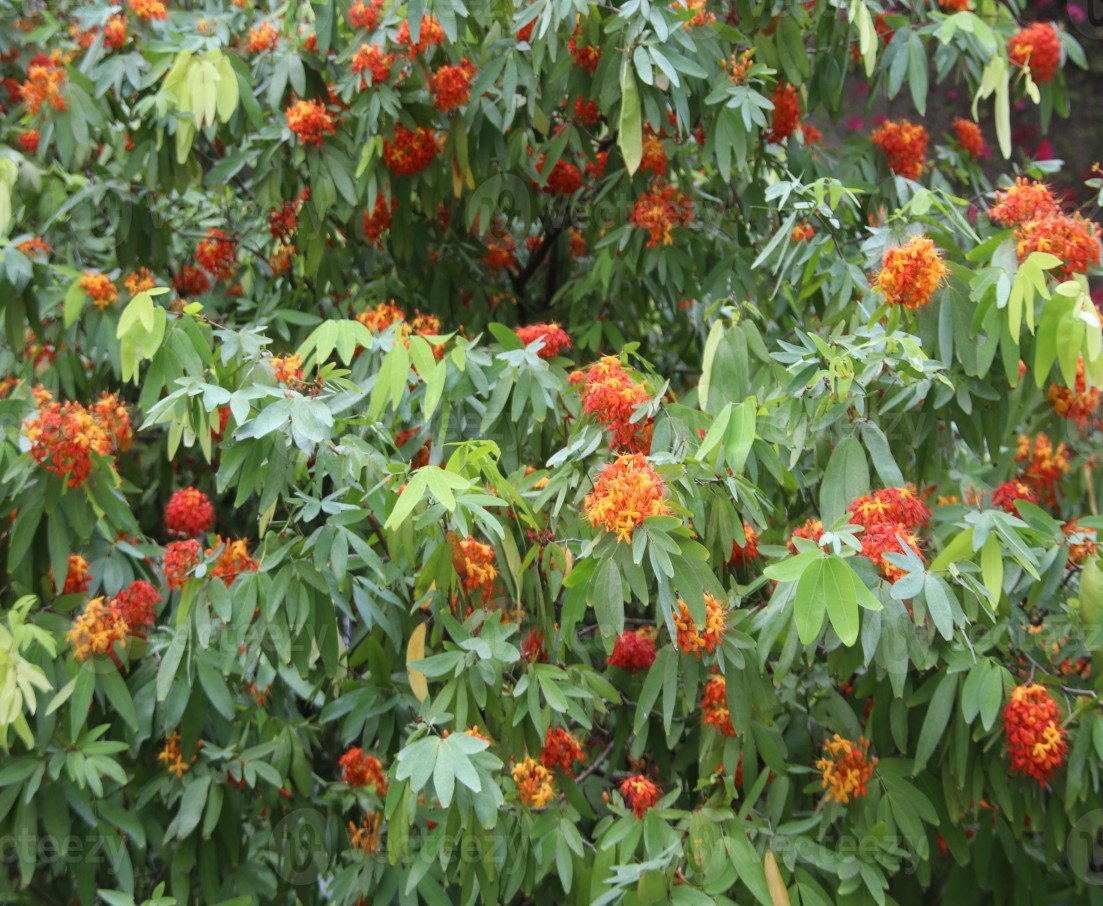Ashoka

Ashoka helps to manage various gynecological and menstrual problems in women such as heavy, irregular and painful periods. It can be taken in the form of churna/powder or capsule twice a day after meals to get relief from abdominal pain and spasms. Taking Ashoka bark juice or kwath can also promote healthy skin due to its blood purifying property.
According to Ayurveda, Ashoka is useful in controlling internal bleeding, especially in the case of piles due to its Kasaya (astringent) property. It is also beneficial in relieving pain and healing wounds faster due to its Ropan (healing) property. Applying Ashoka bark juice or kwath on the skin helps to get rid of oily and dull skin.
What are the synonyms of Ashoka?
What is the source of Ashoka?
BENEFITS OF ASHOKA
1. Painful periods (Dysmenorrhea)
Dysmenorrhea is the pain or cramps during or before a menstrual period. In Ayurveda, this condition is known as Kasht-aartava. According to Ayurveda, Aartava or Menstruation is controlled and governed by Vata dosha. So it is important that in a woman, Vata should be under control to manage dysmenorrhea. Ashoka has Vata balancing property and gives relief in dysmenorrhea. It controls aggravated Vata and reduces abdominal pain and cramps during the menstrual cycle.
Tips:
a. Boil the bark of Ashoka tree in water till the volume of water reduces to one-fourth of its original quantity.
b. Strain the liquid and store this Ashoka kwath in a bottle.
c. Take 8-10 teaspoons of this Ashoka kwatha.
d. Add the same quantity of water and drink preferably after lunch and dinner to manage pain during menstruation.
2. Heavy menstrual bleeding (Menorrhagia)
Menorrhagia or heavy menstrual bleeding is known as Raktapradar or excessive secretion of menstrual blood. This is due to an aggravated Pitta dosha. Ashoka balances an aggravated Pitta and controls heavy menstrual bleeding or menorrhagia. This is due to its Sita (cold) properties.
Tips:
a. Boil the bark of Ashoka tree in water till the volume of water reduces to one-fourth of its original quantity.
b. Strain the liquid and store this Ashoka kwath in a bottle.
c. Take 8-10 teaspoons of this Ashoka kwatha.
d. Add the same quantity of water and drink preferably after lunch and dinner to control heavy menstrual bleeding or menorrhagia.
3. Piles
Piles are known as Arsh in Ayurveda which is caused by an unhealthy diet and a sedentary lifestyle. This leads to the impairment of all the three doshas, mainly Vata. An aggravated Vata causes a low digestive fire, leading to constipation. This causes swelling in the veins in the rectum area leading to pile mass. Ashoka gives relief in swelling of pile mass by balancing Vata. Ashoka also reduces burning sensation and discomfort in piles due to its Sita (cold) nature. It gives cooling effects and reduces burning sensations in the anus.
Tips:
a. Take 1/4-1/2 teaspoon of Ashoka powder.
b. Add honey or water to it.
c. Take it preferably after meals for a better result.
4. Leucorrhea
Leucorrhea is a thick, whitish discharge from the female genitals. According to Ayurveda, leucorrhea is due to an imbalance of Kapha dosha. Ashoka shows a good result in leucorrhea because of its Kashaya (astringent) property. It helps to control aggravated Kapha and reduce the symptoms of leucorrhea.
Tips:
a. Boil the bark of Ashoka tree in water till the volume of water reduces to one-fourth of its original quantity.
b. Strain the liquid and store this Ashoka kwath in a bottle.
c. Take 8-10 teaspoons of this Ashoka kwatha.
d. Add the same quantity of water and drink preferably after lunch and dinner to manage leucorrhea.
 Admin Register
Admin Register

 Alcohol
Alcohol  Baby Care
Baby Care  Bakery, Cakes & Dairy
Bakery, Cakes & Dairy  Beauty-&-Hygiene
Beauty-&-Hygiene  Beverages
Beverages  Cleaning & Household
Cleaning & Household  Construction Materials
Construction Materials  Foodgrains, Oil & Masala
Foodgrains, Oil & Masala  Medicine
Medicine  Medicine Related Cosmetics
Medicine Related Cosmetics  Non-Veg
Non-Veg  Pesticides
Pesticides  Snacks & Branded Foods
Snacks & Branded Foods  Supplement
Supplement  Veterinary
Veterinary 
 A
A B
B C
C D
D E
E F
F G
G H
H I
I J
J K
K L
L M
M N
N O
O P
P Q
Q R
R S
S T
T U
U V
V W
W X
X Y
Y Z
Z
